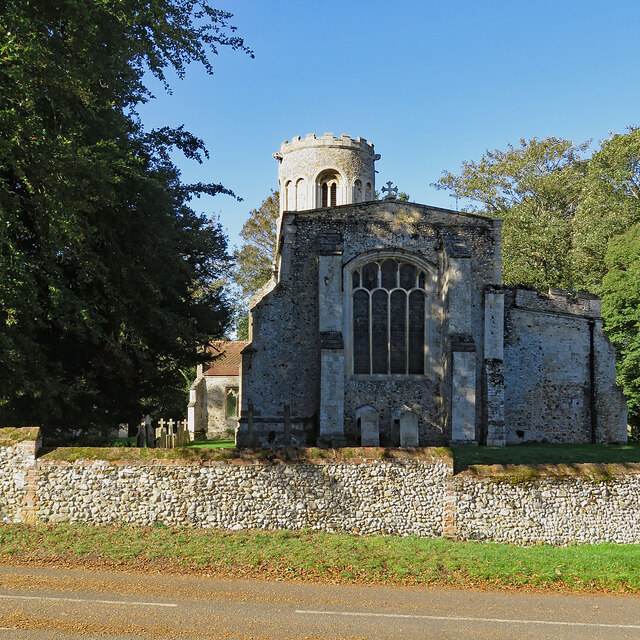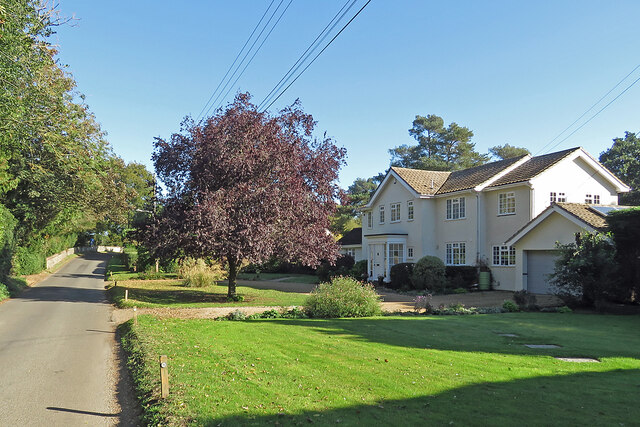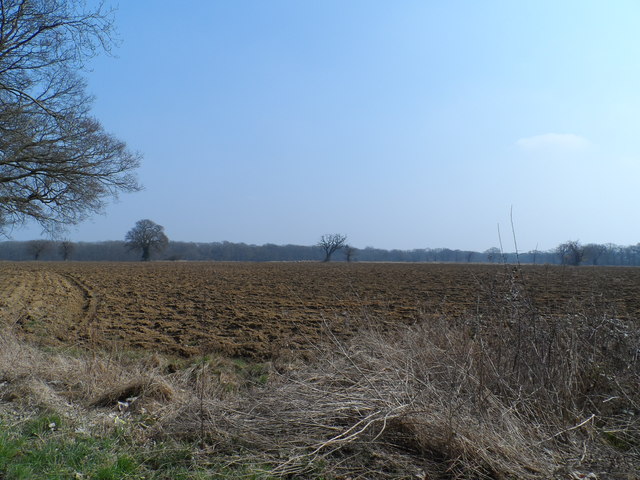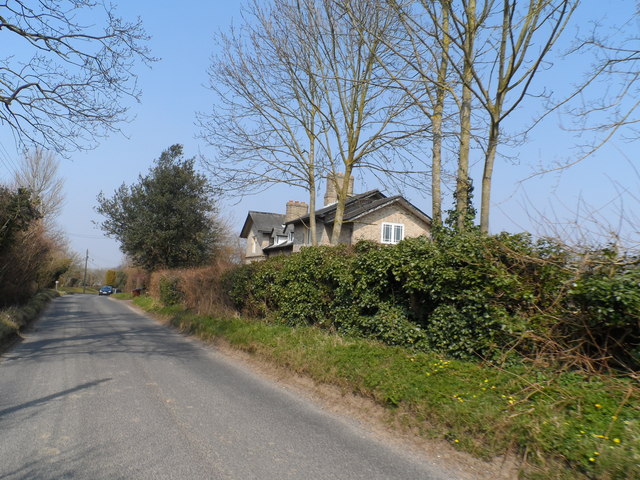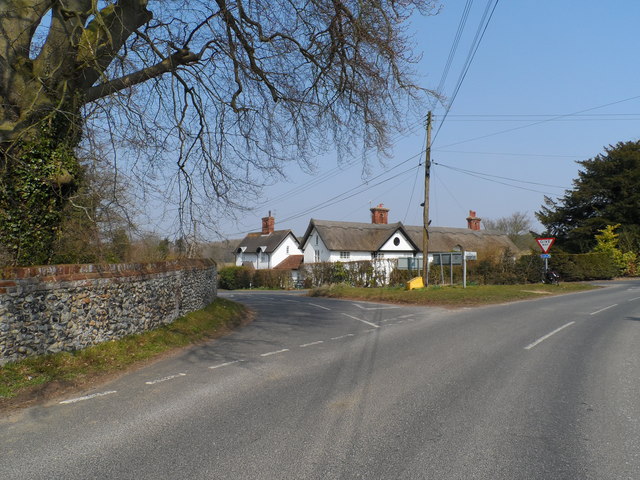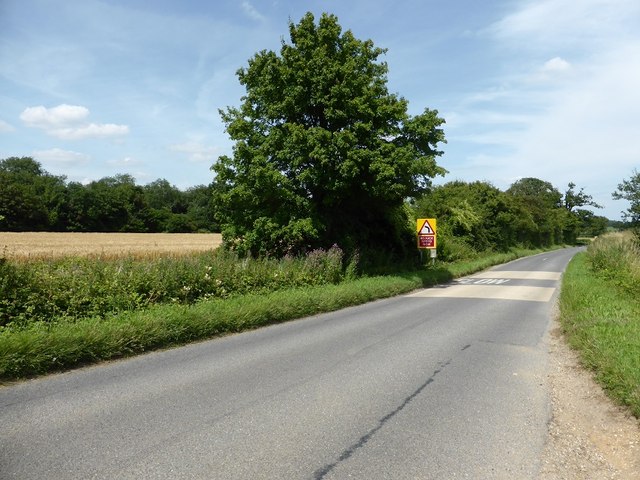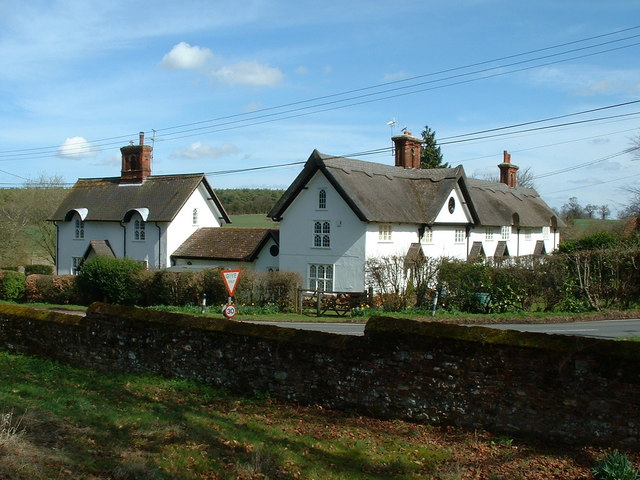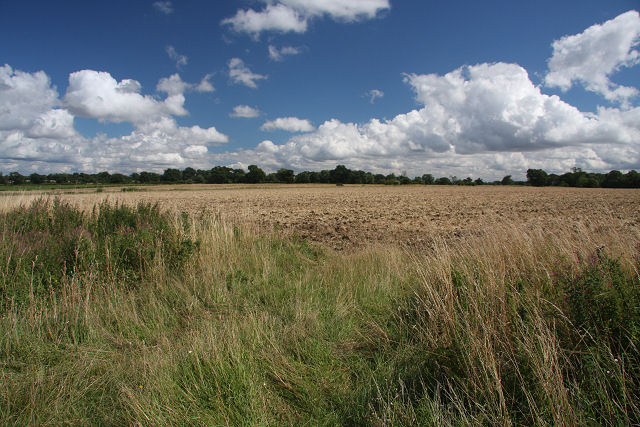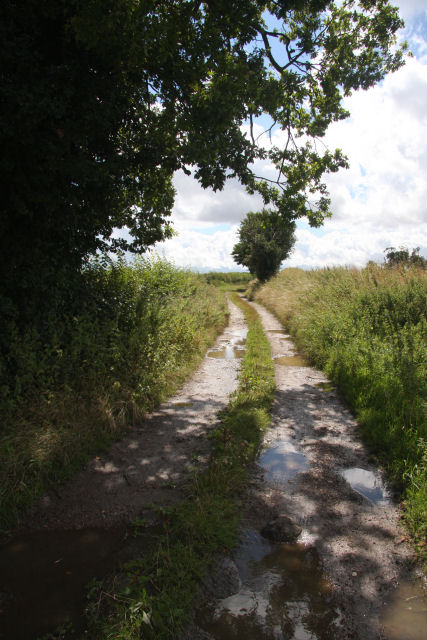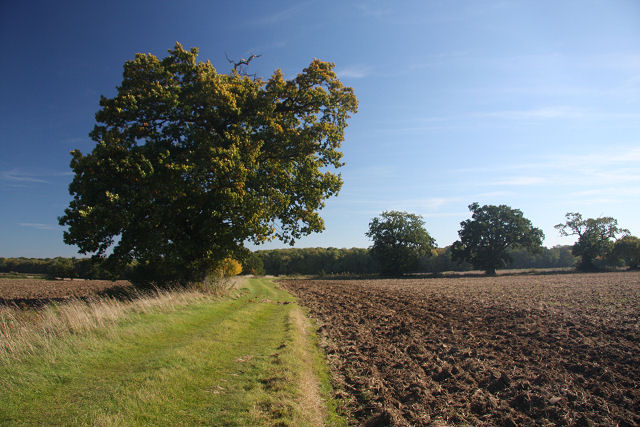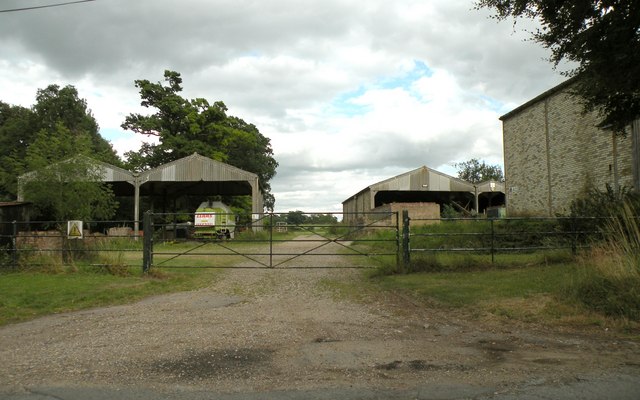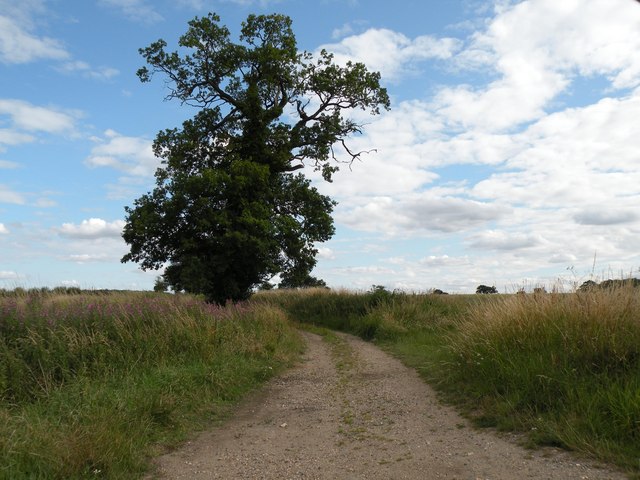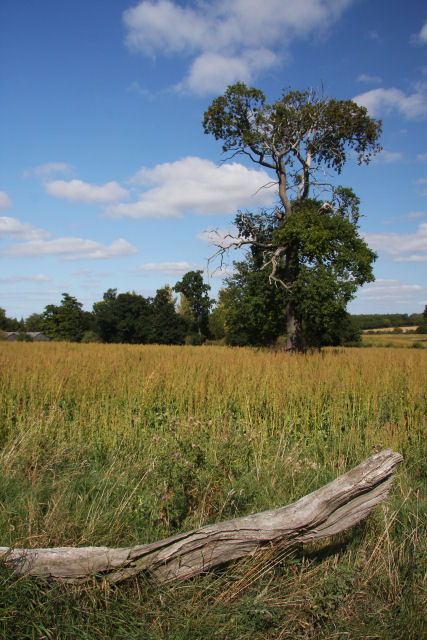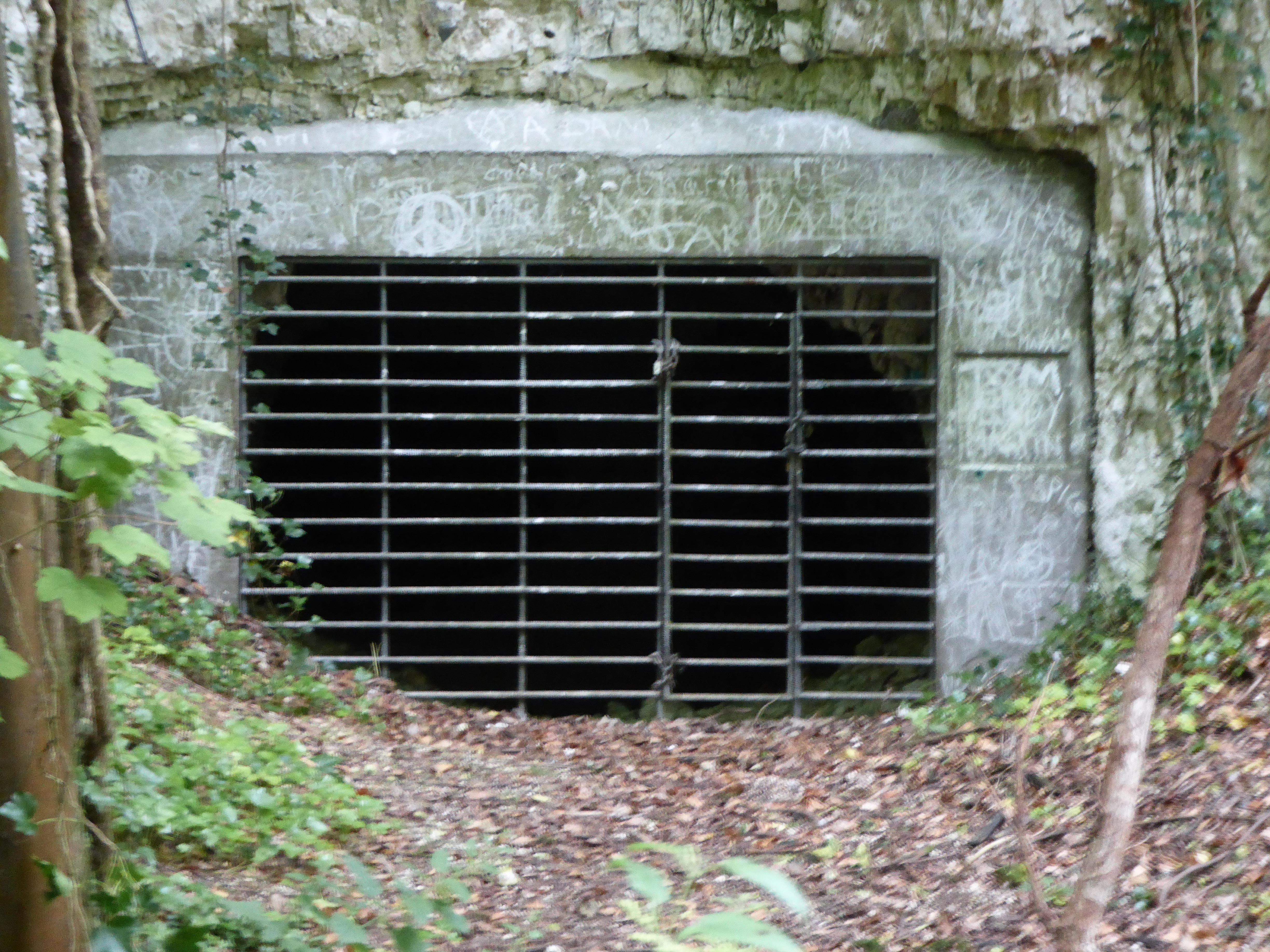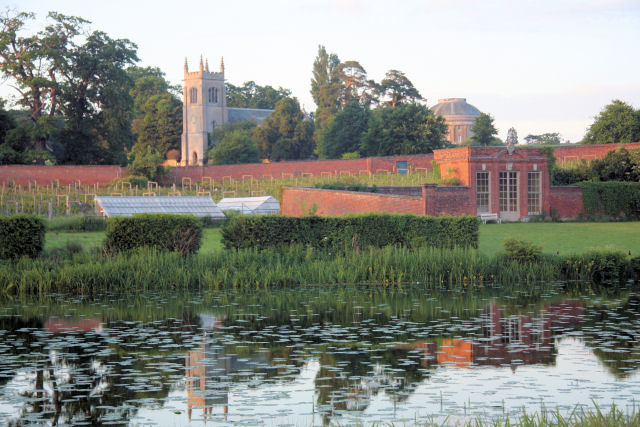Arthur's Wood
Wood, Forest in Suffolk West Suffolk
England
Arthur's Wood
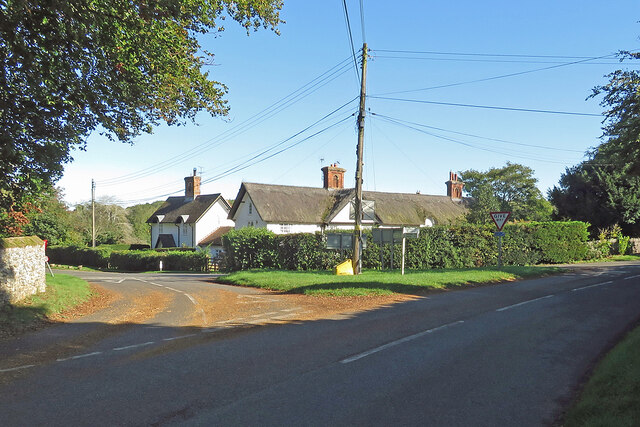
Arthur's Wood is a picturesque forest located in the county of Suffolk, England. It covers an area of approximately 300 acres and is surrounded by stunning countryside and rolling hills. The wood is named after King Arthur, the legendary British ruler, adding an air of mystery and intrigue to its charm.
This ancient woodland boasts a diverse range of trees, including oak, beech, and silver birch, which provide a rich canopy of foliage throughout the year. The forest floor is adorned with an array of wildflowers, creating a vibrant tapestry of colors during the spring and summer months. The wood is also home to a variety of wildlife, including deer, foxes, rabbits, and a myriad of bird species, making it a haven for nature enthusiasts and photographers.
Arthur's Wood offers a network of well-maintained walking trails, allowing visitors to explore its hidden treasures. The paths wind through the forest, offering glimpses of tranquil ponds, babbling brooks, and secluded clearings. These trails cater to all levels of fitness, from leisurely strolls to more challenging hikes, ensuring there is something for everyone to enjoy.
The wood is a popular destination for families, offering a range of recreational activities. There are designated picnic areas where visitors can relax and enjoy the serenity of the surroundings. Additionally, children can partake in nature-based scavenger hunts, bird-watching, and den-building, fostering a sense of adventure and discovery.
Arthur's Wood is a true gem in Suffolk's countryside, providing a peaceful retreat for those seeking solace in nature. Its breathtaking beauty, rich biodiversity, and tranquil ambiance make it a must-visit destination for both locals and tourists alike.
If you have any feedback on the listing, please let us know in the comments section below.
Arthur's Wood Images
Images are sourced within 2km of 52.23292/0.65903031 or Grid Reference TL8162. Thanks to Geograph Open Source API. All images are credited.

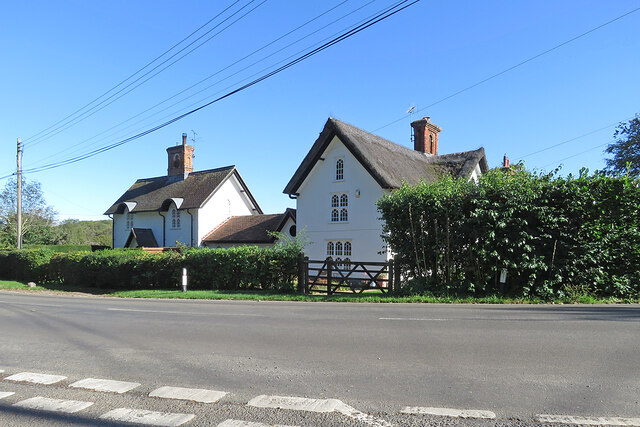
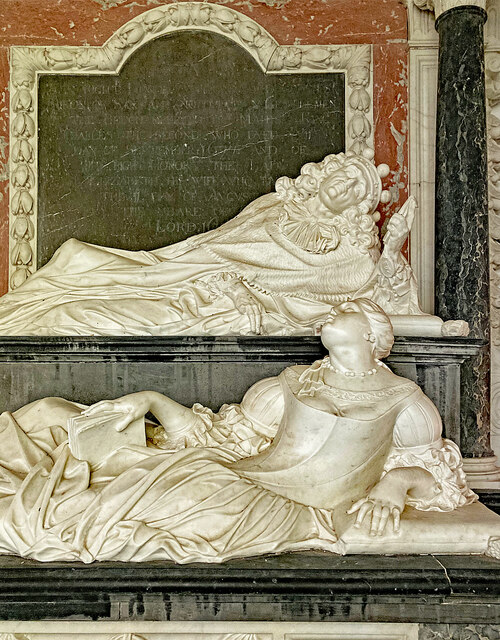
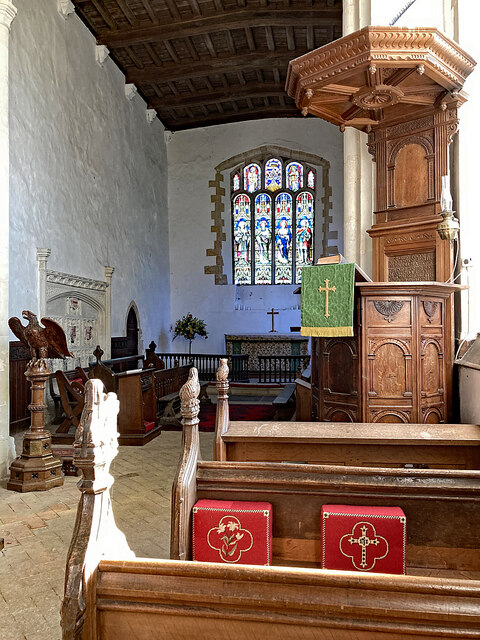
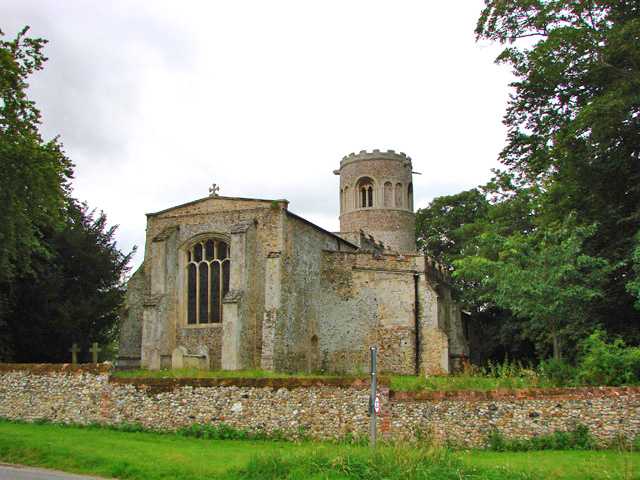
Arthur's Wood is located at Grid Ref: TL8162 (Lat: 52.23292, Lng: 0.65903031)
Administrative County: Suffolk
District: West Suffolk
Police Authority: Suffolk
What 3 Words
///cloud.giggles.wolves. Near Bury St Edmunds, Suffolk
Nearby Locations
Related Wikis
Little Horringer Hall
Little Horringer Hall is a Grade II-listed house in Horringer, Bury St Edmunds, Suffolk, England.There has been a hall in this location since the 17th...
Ickworth House
Ickworth House is a country house at Ickworth, near Bury St Edmunds, Suffolk, England. It is a neoclassical building set in parkland. The house was the...
Horringer
Horringer, formerly also called Horningsheath, is a village and civil parish in the West Suffolk district of Suffolk in eastern England. It lies on the...
St Mary's Church, Ickworth
Ickworth Church (more formally known as St Mary's Church, Ickworth) is a former parish church in Ickworth Park near Bury St Edmunds in Suffolk, England...
Horringer Court Caves
Horringer Court Caves is a 3.8-hectare (9.4-acre) biological Site of Special Scientific Interest on the southern outskirts of Bury St Edmunds in Suffolk...
Ickworth
Ickworth is a small civil parish, almost coextensive with the estate of the National Trust's Ickworth House, in the West Suffolk district of Suffolk, eastern...
Westley, Suffolk
Westley is a village and civil parish in the West Suffolk district of Suffolk in eastern England. It is located south of Junction 42 of the A14 providing...
Thingoe Hundred
Thingoe was a hundred of Suffolk, consisting of 31,850 acres (128.9 km2).One of the smaller hundreds of Suffolk, around 9 miles (14 km) wide and 11 miles...
Nearby Amenities
Located within 500m of 52.23292,0.65903031Have you been to Arthur's Wood?
Leave your review of Arthur's Wood below (or comments, questions and feedback).
